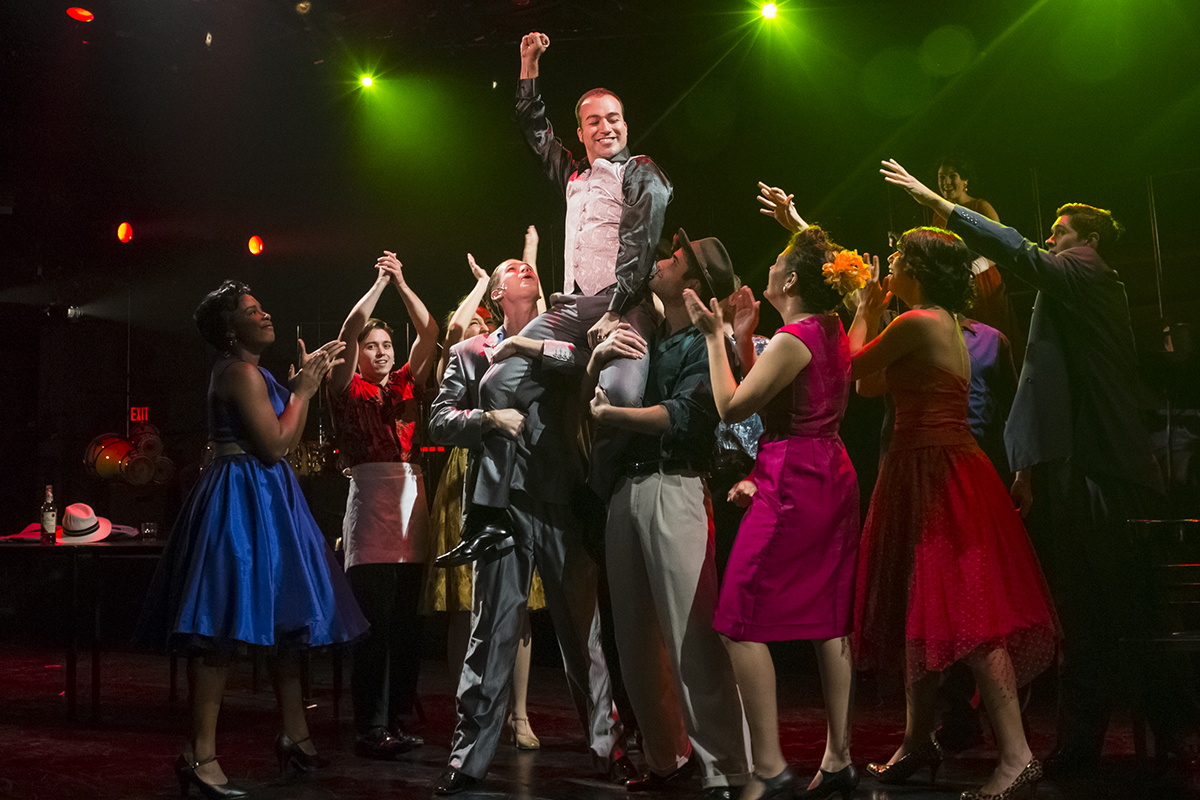The more salsa, dancing and cigars filled the stage in “Carmen,” the deeper the audience was lured into the mesmerizing plot that revolved around Carmen, a smuggler in Cuba during Dictator Fulgencio Batista’s regime in 1958. “Carmen” is playing at the Jerry Herman Ring Theatre through Nov. 23.
Carmen (Christina Sajous) is a santera, or a Priestess of Santeria, who bewitches one of Batista’s officers, Don Jose (Peter Saide), to fall in love with her so he can help her smuggle weapons to the rebels in the mountains. She also falls in love with Camilo (Caesar Samayoa), a boxer, and the love triangle explodes on stage.
However, the play is not only about love. It is about the characters and how they develop because of Carmen’s actions.
In the beginning of the show, Don Jose attempts to redeem himself from his dark past as a murderer in Santa Clara by becoming a lieutenant. As he tries to prove himself, his past follows him and he decides to leave everything for Carmen.
Camilo, Carmen’s second love, is a famous boxer who comes after Carmen while she is with Jose smuggling weapons in the mountains. Although his boxing career isn’t affected by Carmen, his presence ruins Jose and causes dramatic repercussions.
As the object of all the male characters’ affection, Carmen drives the plot with her manipulative nature and tough character.
However, her vulnerability shines through when she feels she has lost control. Whenever the power she has over the men around her seems to fade away or they are of no more use to her, she changes and feels the need to find another way to be back in the spotlight.
The characters in “Carmen” only make up a portion of the beauty of the production. Although the acting is incredible, it is the honesty of the play that makes the audience forget they are sitting in a theatre for an hour and a half.
With an orchestra playing Afro-Cuban jazz, it is impossible not to feel lively listening to the rhythms of Cuba while the dancing and costumes of the actors accurately represent the island at this time in history.
“Carmen” is set in several places, such as the pier, the mountains, a boxing arena and a club, but with the help of the lights and the dialogue, it is easy to imagine being transported to the different areas of Cuba.
The audience will grow tired of clapping after all the powerful solos and duets that portray the intricate story of “Carmen.”
By the end of the show, not only will the audience give a standing ovation, but they will also leave the theater singing and dancing the “Habanera” all the way home.







